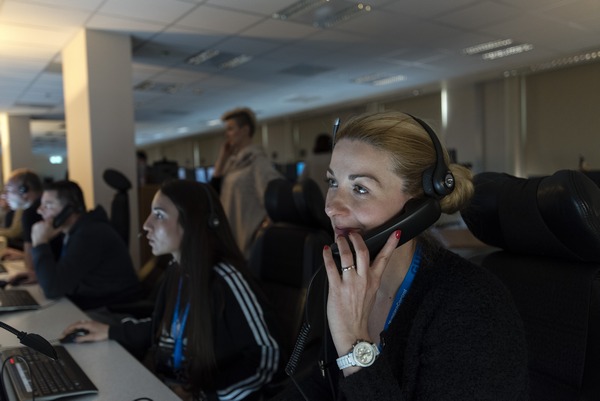Between 16th and 25th of March 2016 at HungaroControl’s Centre of Research, Development and Simulation (CRDS), 39 Air Traffic Controllers and ATM experts from Croatia Control (CCL) and Serbia and Montenegro Air Traffic Services (SMATSA), supported by BHANSA (Bosnia and Herzegovina Air Navigation Services Agency,) successfully participated in the SEAFRA (South-East Axis Free Route Airspace) Real-Time Simulation.
The controllers arrived in Budapest in order to test different scenarios for the improvement of implementation of the cross-border free route planning concept. CCL and SMATSA, supported by BHANSA, are planning to introduce the SEAFRA Concept without time restrictions as of 8th of December 2016. Therefore the need for validation of its impact on airspace sector configuration, with special attention to operational and technological solutions was recognised.

A wide variety of impacts was assessed and evaluated during the SEAFRA RTS, with special attention to human factors such as situational awareness and workload, as well as safety matters, in order to enable future FRA operations in the area with no or tolerable impact on all parts of ATM systems of participating ANSPs.
This project is one of the key improvements in line with the EU initiative on establishing the Single European Sky regardless of state or even FAB borders, aiming to enhance safety and efficiency, and to increase capacity of air traffic in Europe. By following this initiative for implementing H24 FRA Concept SEAFRA, participating ANSPs responsible for ANS provision in four different states have a common goal to improve ATS safety and efficiency on one, and to protect the environment by reducing fuel, CO2 and fuel NOx emissions on the other hand.

